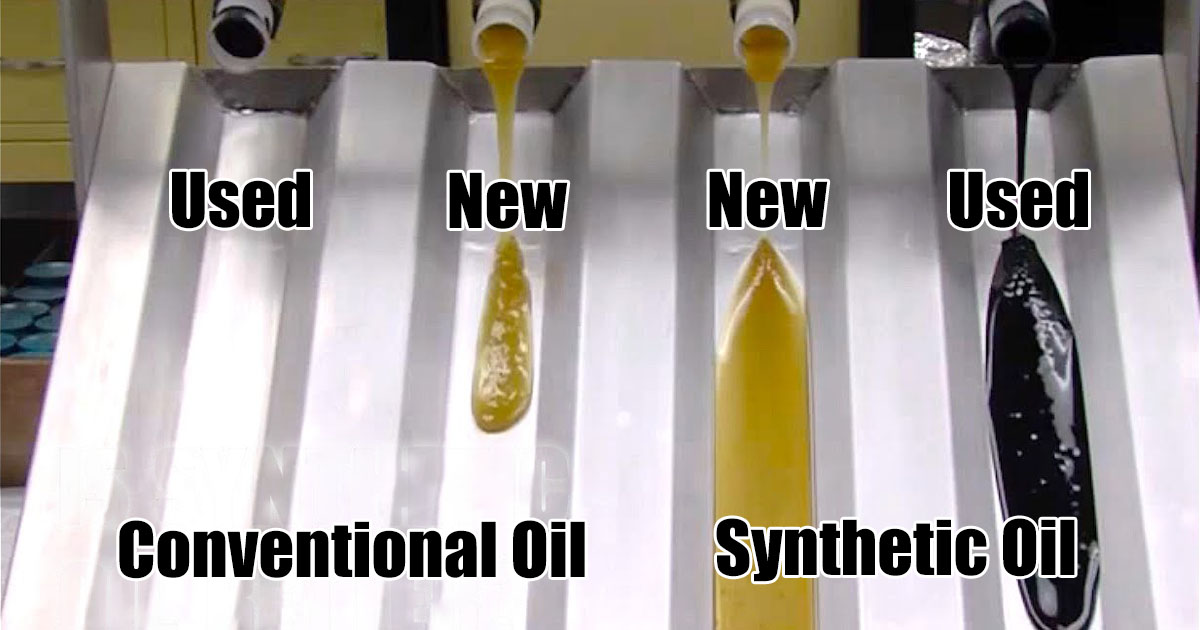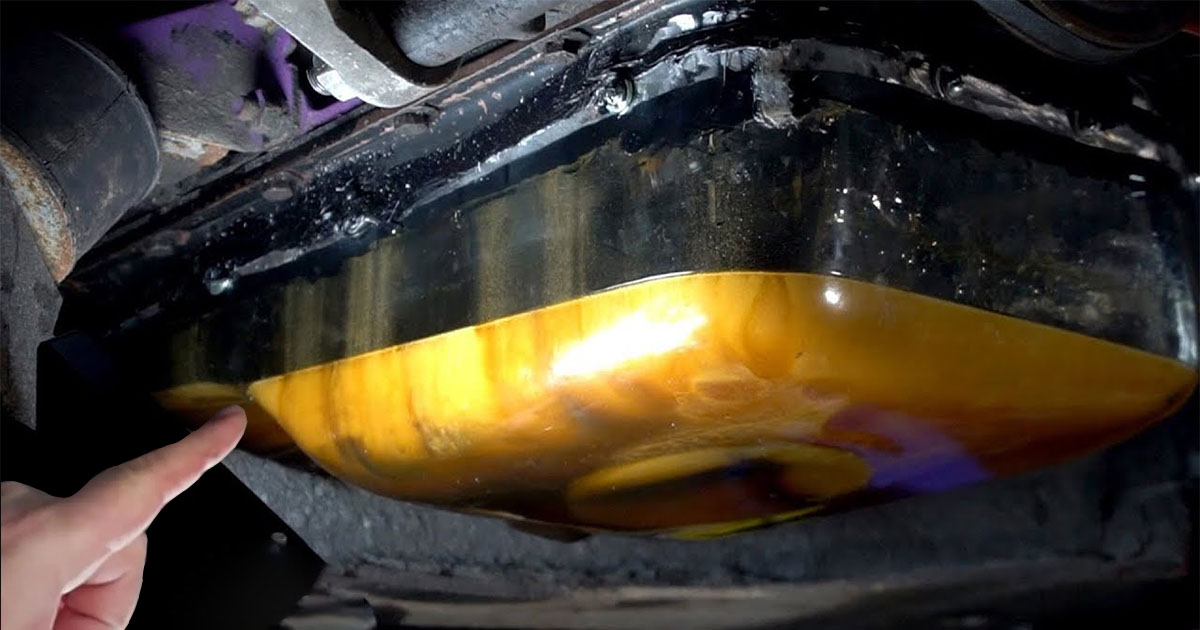
There are several methods for properly checking your engine oil, but the most prevalent question is whether to check it when the engine is hot or cold. What do you think?
Keeping an eye on your car’s engine oil is essential if you want to keep it in excellent working condition and avoid having to pay out of pocket for major repairs.
Vehicles cannot operate properly without oil, in the same way, that people can’t live and walk without blood. You must use the correct type and quantity at the appropriate time.
If you make a mistake in any of these, something bad will happen. Oil lubricates the engine’s working parts, preventing them from degrading too quickly. To get the most out of your engine, you need to know how to check the oil like a pro.

It’s critical to know whether to check engine oil while it’s hot or cold. Does that really matter? And what about the type of oil used? Does that make any difference? We’ll walk you through the process of checking your car’s oil and when to do it.
When should you check your engine’s oil level?
The best time to perform an oil check on your car is while the engine is cold. That’s a straightforward answer for you. However, you may also do this when the engine is warm, but only after 15 minutes of turning it off. This is mostly due to the fact that the oil pours back into the oil pan slowly.
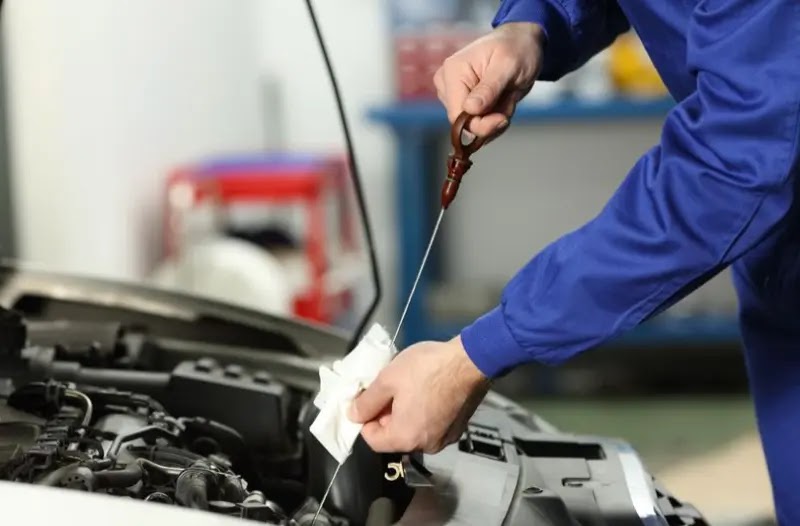
Moreover, taking a cold oil level reading is also preferable for safety reasons. The engine oil temperature may rise up to 250 degrees Fahrenheit or 120 degrees Celsius. If you measure the engine oil immediately after driving the car and fill it to the maximum level, it will be over the maximum level when the engine oil is cold and poured into the oil pan.
However, the ideal condition for the most accurate measuring is to drive your car to warm it up, turn it off, and let it stand for 15 minutes before checking the engine oil. That way, the oil and the engine will both be at a reasonable temperature, and all of the oil will have drained back into the pan.
The oil level measurement is unaffected by the temperature of the oil. However, whether the engine oil is hot or cold, a tiny expansion might occur. But this could be neglected.
Does Oil Type Matter?
When tested in hot and cold conditions, different types of oils react differently. Regular oils tend to contract and expand in a typical way. This means that no matter what the temperature is, the measurements are likely to be similar.
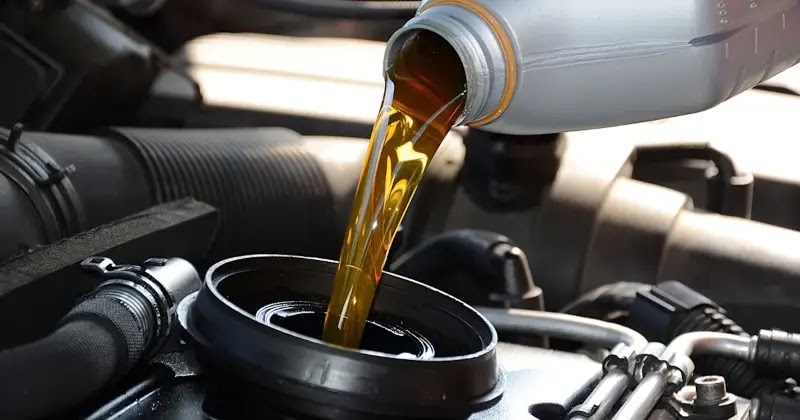
However, synthetic oil behave differently. When the temperature changes, synthetic oils contract and expand at a much faster pace. Cold weather makes them contract, while hot weather causes them to over expand.
But if you have a modern car, things might be different. Since most modern cars are equipped with electronic oil level controllers and oil cannot be checked manually, you should only measure engine oil when the engine is turned on and heated, and the surface is flat. As a result, checking the engine oil while the oil is still warm is highly suggested with modern cars.
Does the Outside Temperature Matter?

Checking your car while it’s cold outside will impact your results, regardless of whether you’re using synthetic or standard oil. In temperatures as low as 10 degrees Fahrenheit (-12 degrees Celcius), you may want to let your engine warm up for a few minutes before doing the oil check to ensure you receive the most accurate readings.
You may set your car on idle for a few minutes until it warms up, and then check your oil level after turning it off for a few minutes. Checking your engine oil is a very important step in your engine lifetime. For this reason, we are giving you the steps that you should follow to get accurate readings of your engine oil level.
How to Check Engine Oil Level?
Many car owners have no idea how to check the oil level of their engines. However, checking the oil of your engine isn’t difficult, and it won’t take you a long time either. Checking your car’s oil is as simple as following these steps.
Step 1: Park on a flat surface

Begin by parking your vehicle on a flat surface. You’ll be able to acquire a more accurate result this way. Using an uneven surface to check your oil might result in inaccurate results. Wait roughly 10 to 15 minutes for the engine to cool down if it has been running for a long period of time.
If you want the most accurate reading, you should warm your engine (especially if the outside temperature is below zero) and then turn it off and wait 10-15 minutes before checking the oil level. This waiting period will make sure that the oil is not so hot and could burn the engine parts or hurt yourself. This waiting time will also allow the oil to settle down in the pan.
Step 2: Find the Dipstick

Checking the oil should always be done with the engine turned off. After that, find the dipstick by opening the hood of the car. Most of the cars have it located near the engine. It’s usually marked with an yellow or red plastic tab. If you can’t locate it, then your car might have an electronic oil level measurement system.
Electronically controlled oil dipsticks are now being used in certain modern cars instead of traditional dipsticks. For further information, consult your owner’s handbook or ask a professional to do the inspection for you.
Step 3: Remove the Dipstick
Remove the dipstick after finding it. It’s likely to have some oil reading, but it’s not going to be accurate. So, use a clean towel to remove the oil from the dipstick. If you want to check the oil accurately, make sure the dipstick is dry before using it.
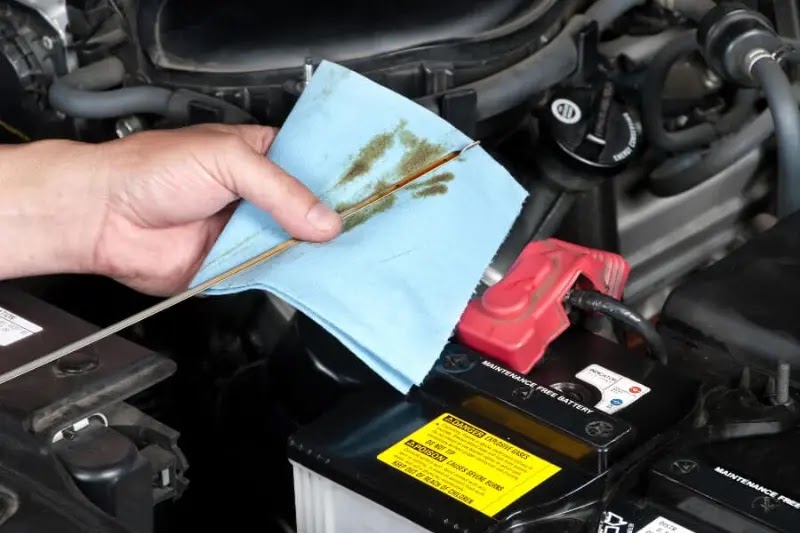
It’s time to reinstall the oil stick and raise it once again. After ensuring the dipstick is completely dry, lower it into the oil and draw it out slowly. You’ll get a reading from it. But it might be inaccurate since the car oil might wink or spray upward on the dipstick in the first insert.
So to be sure, wipe it again and re-insert it once more. Take it out and take a look at the oil level. You will see the minimum and maximum levels; your oil should be between the two signs but closer to the maximum level.
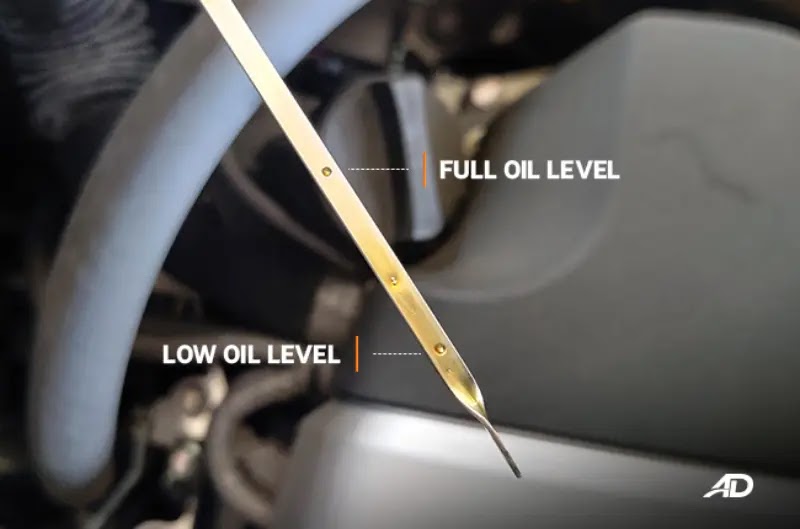
Before you complete the procedure, carefully verify the oil’s consistency and color. This will tell you whether the oil needs to be changed. The oil that is milky, gritty, thick, or black on the stick should be replaced immediately.
Step 4: Return the Dipstick
Once you’re satisfied with the oil’s level, color, and consistency, wipe the dipstick clean with a towel and re-insert it completely into the reservoir. Make sure the stick is firmly in place and close the hood.
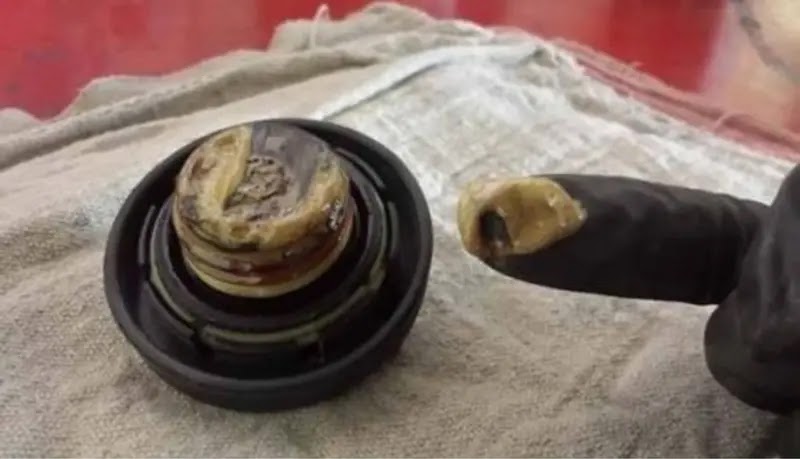
You should take action as soon as possible if the oil is discolored or if the level is too low. The oil may be refilled or replaced if necessary. Contact your local garage or an oil specialist if you’re unsure how to proceed.
Conclusion
Engine oil is an essential component for your car’s performance and lifetime. Make sure to check it regularly. If you live in a very cold place, you should warm your engine before checking the oil.
If you live in normal weather or a hot place, you could check your oil while it’s cold, but it’s preferable to warm the engine and let it settle for 15 minutes before checking it. However, we always encourage you to check your car manual to find out what the automaker suggests for you and follow these instructions.
Oil level accuracy doesn’t depend only on whether it’s hot or cold. It also depends on the type of oil, vehicle type, and weather temperature. Make sure to always check your oil level and refill when needed.

